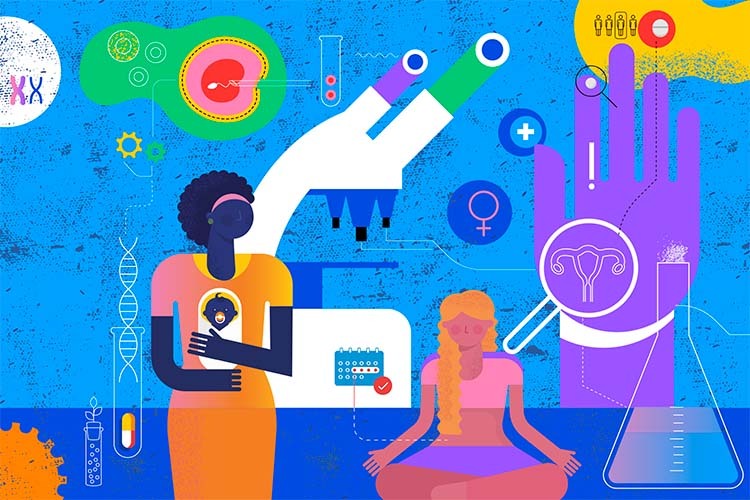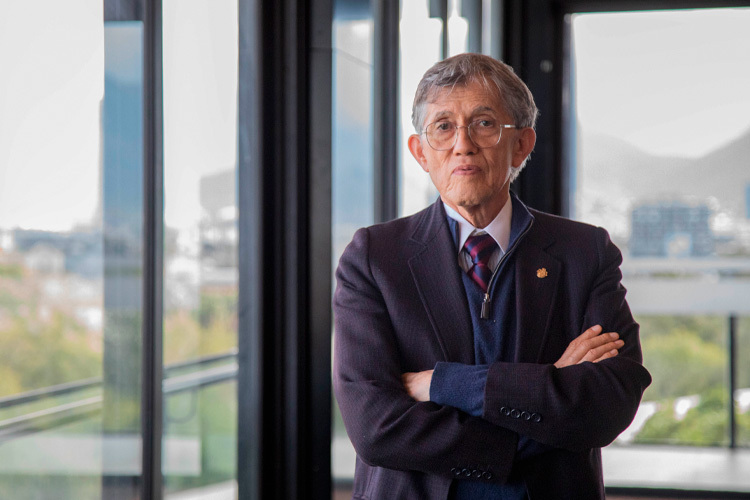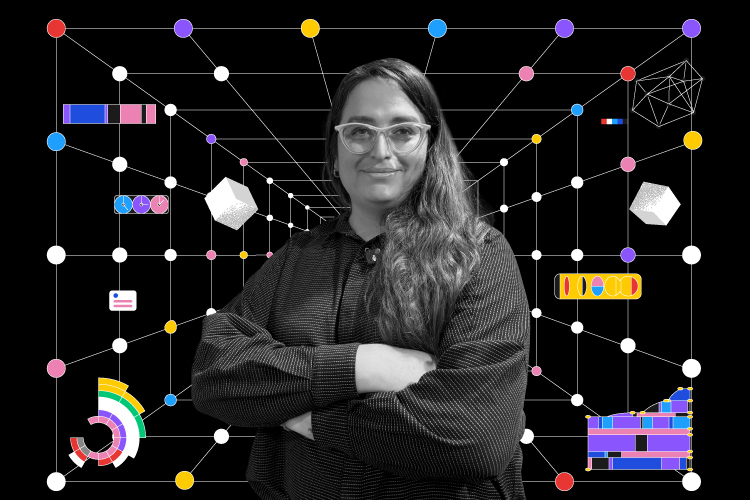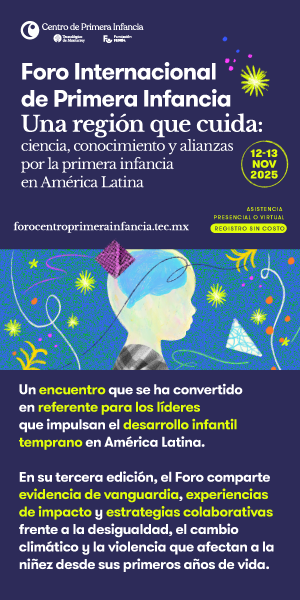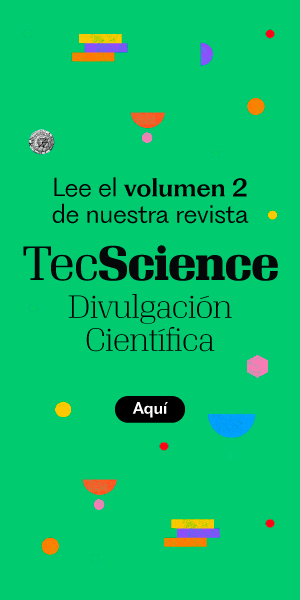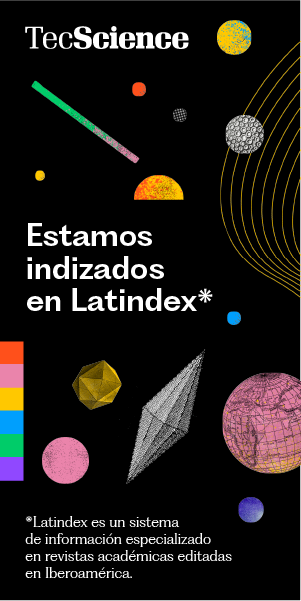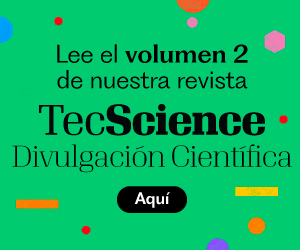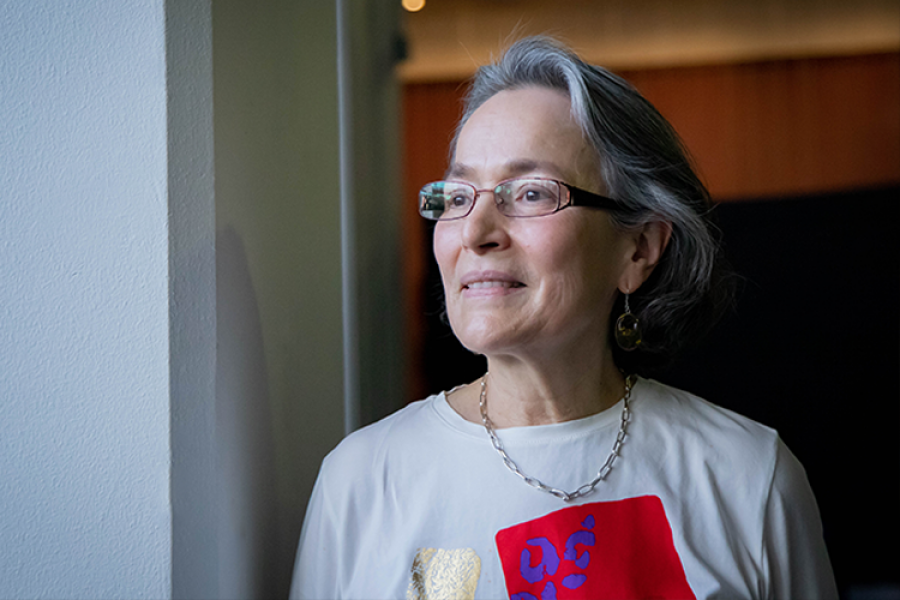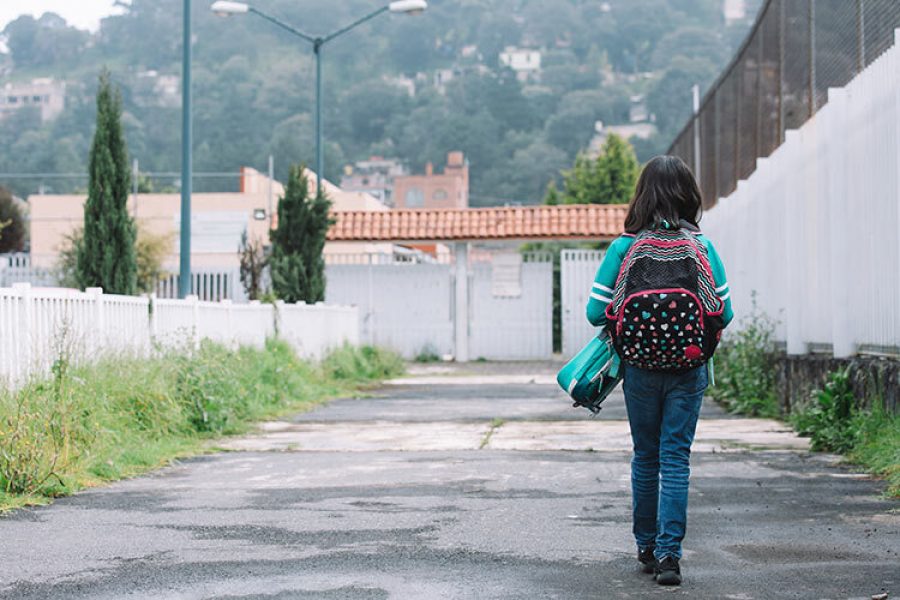Every June, businesses and public spaces are decorated with rainbow colors to celebrate the International LGBTIQ+ Pride Day, which seeks to promote tolerance, equality, and well-being for sexual and gender diversity.
As human beings, we have made progress in enabling non-heterosexual or heteronormative people to live freely and with dignity, but still, challenges remain: 57% of LGBTIQ+ youth in Mexico have seriously considered taking their own lives in the last year.
This is just one of the many data revealed by the 2024 Mexico National Survey on the Mental Health of LGBTQ+ Young People, conducted by The Trevor Project, the largest organization in the world dedicated to suicide prevention and mental health of young people in this community.
“An important aspect of this survey—besides its national coverage—is that it was open to respondents from ages 13 to 24,” says Tania Rocha, a research professor at the Faculty of Psychology at the National Autonomous University of Mexico (UNAM), who coordinated the efforts to conduct the survey in Mexico.
Understanding the mental health of LGBTIQ+ youth stems from a global concern about the rise in childhood and adolescent suicides in recent years. One risk factor in this phenomenon is the bullying experienced by people in this community.
“When we talk about LGBTIQ+ people, that risk triples,” says Rocha.
First National Survey on the Mental Health of LGBTQ+ Young People in Mexico
This is the first survey conducted in Mexico focused exclusively on the mental health of LGBTIQ+ youth. One of its most alarming results is that a third of those surveyed had attempted suicide in the last year before responding.
“What would a young person see as a scenario that makes them think the best alternative is to disappear?” Rocha asks.
Also, 58% reported symptoms of depression, which rises to 67% in trans or non-binary people. 73% reported having self-harmed at least once in their lives; among trans and non-binary people, this figure rises to 85%.
47% said they had experienced discrimination or threats in the past year due to their sexual orientation or gender identity.
“We looked for an intersectional perspective, with representation of people with conditions that can lead to more complex inequalities,” says Rocha.
According to the questionnaire, 78% of Indigenous LGBTIQ+ youth reported having self-harmed at some point, a higher proportion than the 73% reported by those who identify as white within this community.
The Importance of Acting During Adolescence
Adolescence is a process of formation, growth, knowledge, self-perception, and self-acceptance.
Therefore, we must make conscious, consistent, and decisive efforts to eradicate all forms of violence against the LGBTIQ+ community. Having access to affirming spaces and living in an accepting community is a protective factor against depression, anxiety, and suicide.
“We think violence has to be obvious or drastic, but not respecting the pronouns of trans or non-binary people is also violent,” says Rocha.
Jessica Jasso, director of Social Sciences, Humanities, and Spanish and Literature at PrepaTec Eugenio Garza Sada, and member of the LGBTIQA+ Advisory Committee of the Center for the Recognition of Human Dignity (CRDH) at Tec de Monterrey, agrees with Rocha:
“On this issue, saying ‘how cool is diversity’ is no longer enough.”
As a high school teacher, Jasso recognizes that the institution has made great strides in ensuring the well-being of LGBTIQ+ youth.
“One thing I see as very positive is that we have a class called Diversity, Inclusion, and Belonging, where the LGBT community can be addressed,” says Jasso. The course was designed by high school teachers in conjunction with the CRDH, with support from more than 150 academic sources.
However, although this is one example of progress being made, she believes that systemic and coordinated actions are needed across all Tec campuses, high schools, and facilities.
There are few safe places for LGBTIQ+ youth in Mexico
Behind the numbers are hundreds of stories of young people who are unable to express their identity, as many lack a support system to navigate the discrimination and humiliation that LGBTIQ+ people often experience.
According to the survey, the main motivations behind their suicidal thoughts were family problems, at 77%, and school problems, at 60%. Only 34% felt fully accepted after coming out.
Given this, 91% stated they wanted mental health care, but only 59% received it. Many respondents reported being subjected to conversion “therapies”, which are prohibited in the country but still exist.
“There’s very important work to be done with families,” says the UNAM researcher. “For mental health workers, this is a wake-up call.”
We Need to Take Giant Steps Towards Equality
In Rocha and Jasso’s view, as a society, we owe a lot to the LGBTIQ+ community and need to make profound, systemic changes that protect them at all costs.
For the youth of this community, it is essential to create spaces with sufficient resources and information to support them in a sensitive, caring, respectful, and empathetic way.
At the community level, the survey urgently recommends strengthening family, school, and social networks that promote the acceptance and protection of these young people, especially trans and non-binary, who face greater vulnerability.
Ultimately, LGBTIQ+ youth are not inherently prone to higher rates of depression, anxiety, or suicide, but rather are at greater risk due to the stigma and discrimination they experience, according to Rocha.
“It doesn’t matter if you’re young, old, straight, gay, or trans—we must protect everyone’s safety, without ifs or buts,” says Jasso.
Were you interested in this story? Want to publish it? Contact our content editor to learn more: marianaleonm@tec.mx



